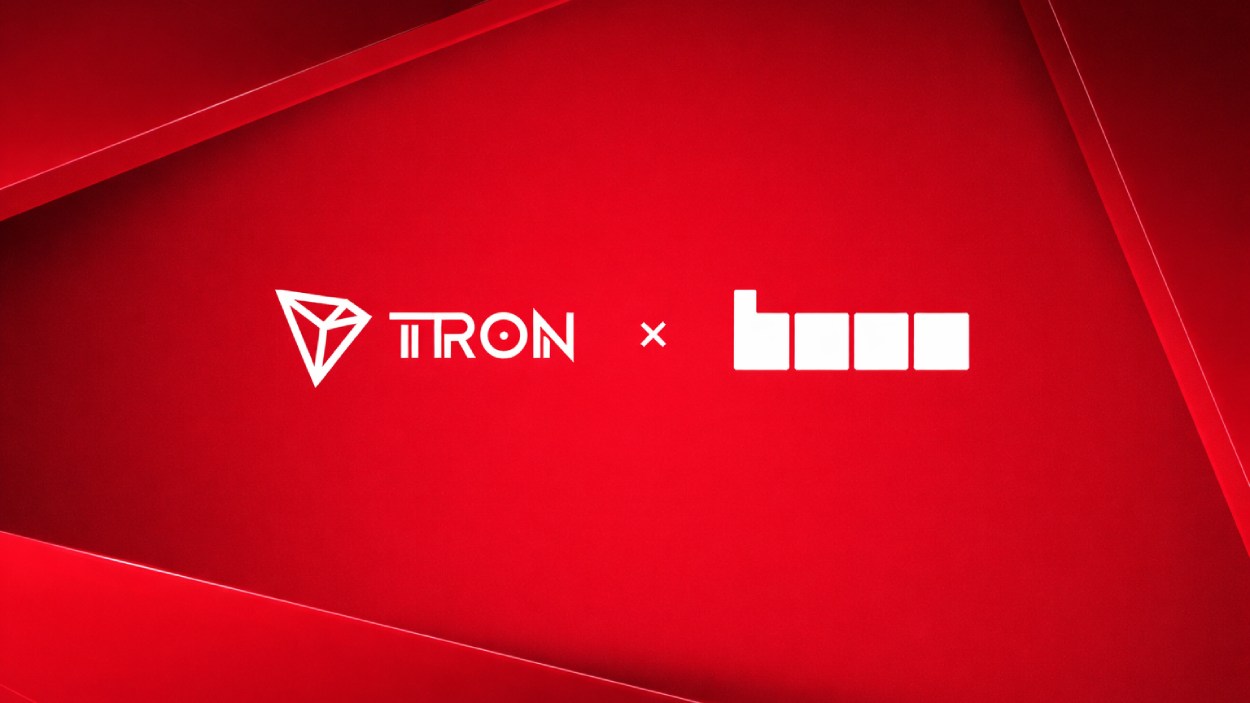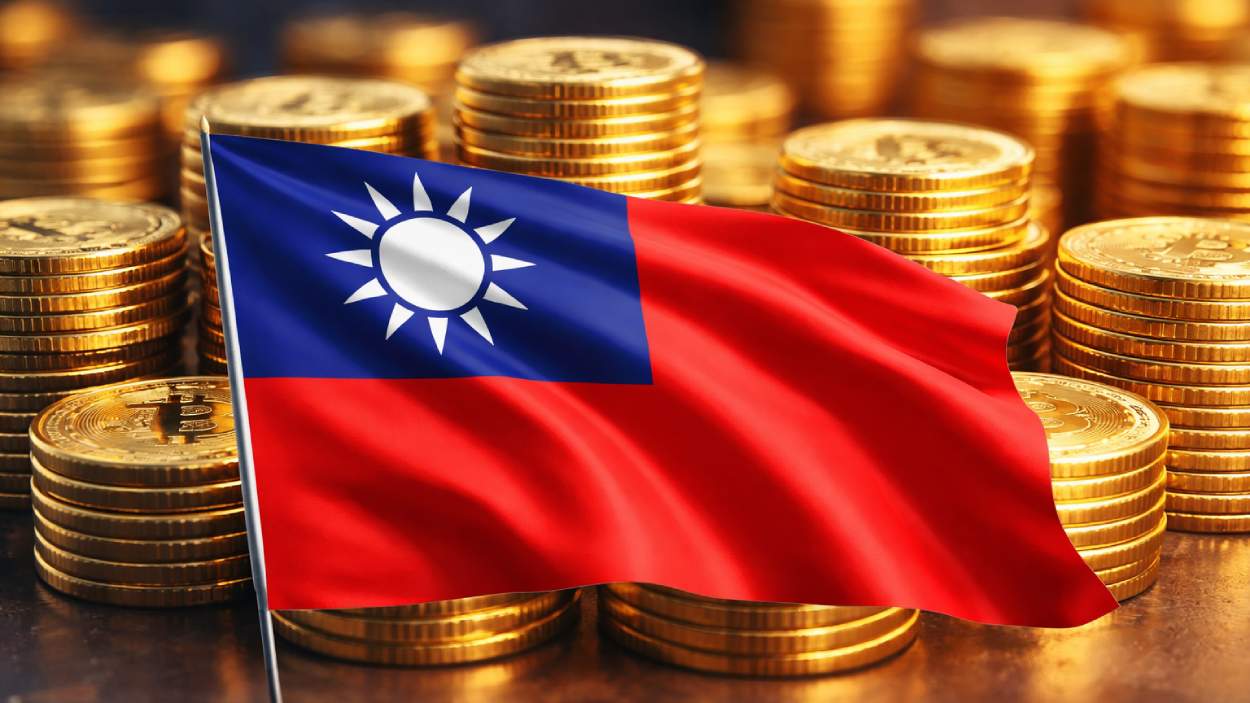Solana Mobile has officially ended software and customer support services for the Saga smartphone just two years after its launch, leaving owners with unsupported hardware and a legacy built on memecoins.
Key Takeaways
- Solana Mobile has discontinued all software and customer support for the Saga phone, ending its lifecycle after just two years.
- Only 20,000 units were sold, far short of the 50,000 target, but the device became famous for lucrative memecoin airdrops.
- Users are now left with unsupported devices that pose increasing security risks.
- Solana is now focused on its new phone, the Seeker, which already has 150,000 preorders.
What Happened?
Solana Mobile recently issued a quiet update on its website stating that the Saga smartphone has reached its end-of-support period. This means there will be no more software updates, and customer support is now limited to general inquiries only. The company also stated that compatibility with new software or services cannot be guaranteed.
@solanamobile ends support for saga, its first device.
— Crypted_me (@Crypted_mee) October 21, 2025
Saga users will no longer get software updates and security patches. pic.twitter.com/BWKITJMRfn
Launched in May 2023, the Saga was designed to bring blockchain functionality directly to mobile devices. Developed in partnership with California-based hardware firm OSOM, the phone aimed to provide Web3 access outside of the restrictive ecosystems of Apple and Google.
A Bold Vision for Web3
Solana Mobile introduced the Saga to redefine how users interact with crypto on the go. The phone featured built-in wallets, NFT functionality, and access to decentralized apps, powered by the Solana Mobile Stack (SMS). It was part of a broader push to make the Web3 economy more accessible to everyday users.
A Surprise Turn into Memecoin Mania
Although it launched as a serious Web3 device, the Saga’s true impact came from an unexpected source: memecoins. Solana developers began using the Saga’s pre-loaded crypto wallets as airdrop targets. Initially, these airdrops offered small returns that helped offset the phone’s price, but during the 2024 memecoin frenzy, those tokens soared in value. At one point, some airdrops were worth many times the phone’s retail price, turning Saga into a speculator’s dream.
Sales Fell Short, Support Even Shorter
Despite the buzz, the Saga never reached mass adoption. Only about 20,000 units were sold, falling well short of the 50,000-unit goal. Even more concerning was the short two-year support cycle, which stands in contrast to industry leaders like Apple, which provides five years of updates, and Google, which offers seven years for its new phones.
What It Means for Users?
Saga owners now face several issues:
- Increased security risks, as no new security patches will be released.
- Potential app failures, since compatibility with new services is no longer ensured.
- Falling utility, as the phone becomes outdated and unsupported in a fast-evolving tech landscape.
- Unopened Saga phones are still being sold at high prices, reportedly up to three times their original cost, due to the memecoin airdrop potential.
Solana Shifts Focus to the Seeker
The end of Saga support aligns with Solana Mobile’s full pivot to its second-generation device, the Solana Seeker. Launched in August 2024, the Seeker has already shipped to over 50 countries and garnered 150,000 preorders. Analysts project that this could generate at least $67.5 million in gross revenue, signaling a stronger and more mature market response.
CoinLaw’s Takeaway
In my experience following the Web3 and crypto hardware space, the Saga experiment shows how unpredictable this industry can be. What started as an ambitious blockchain-integrated phone ended up becoming an accidental goldmine during the memecoin craze. While some users struck lucky, others are now stuck with a phone that won’t get updates and may soon stop functioning properly. For Solana Mobile, this seems like a strategic reset. They took the lessons learned and built a new phone with better timing and stronger interest. Personally, I found the Saga fascinating not for what it aimed to be, but for what it accidentally became. That story alone might keep its legacy alive, even if its software is now frozen in time.
Hover or focus to see the definition of the term.

























































